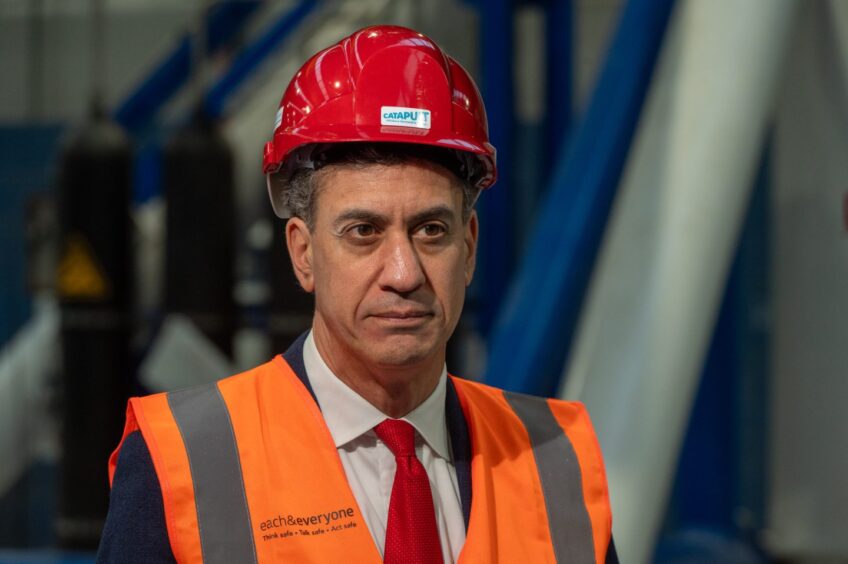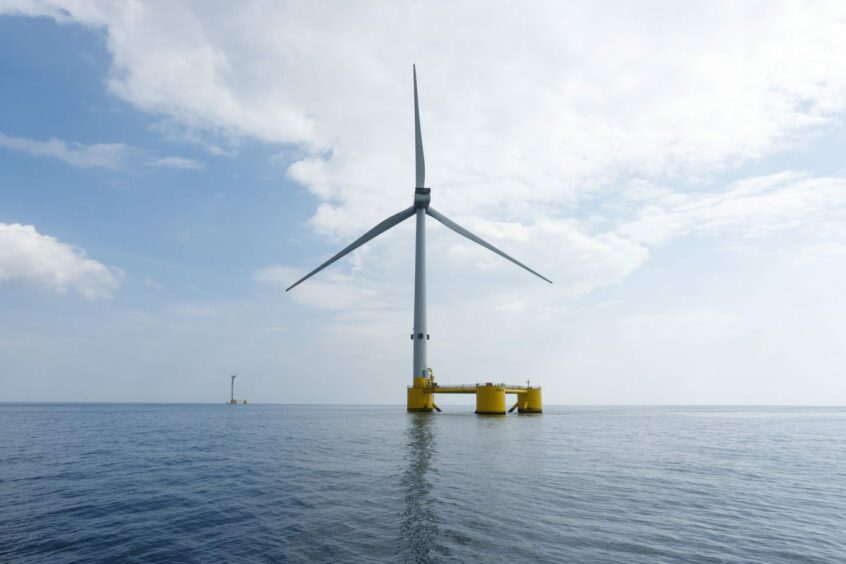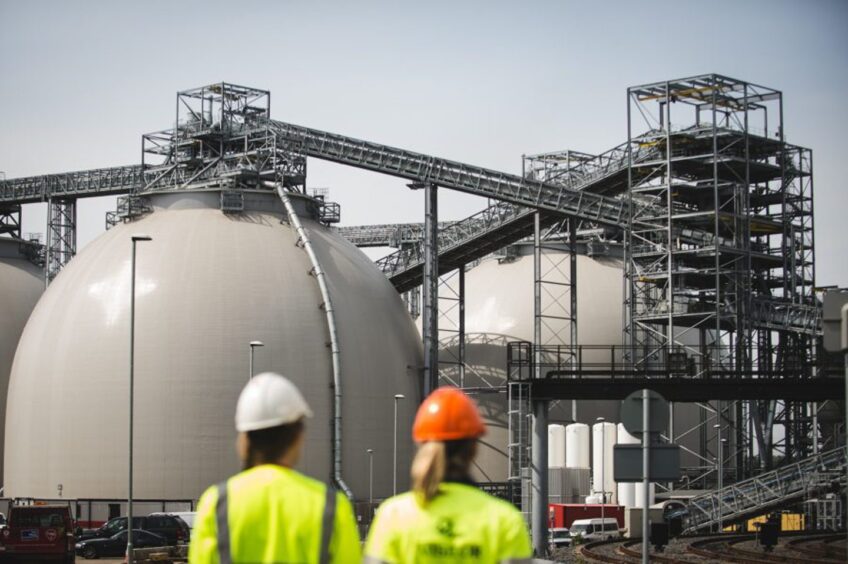
The UK government has announced consultations to reform its flagship renewables funding scheme, the Allocation Round (AR).
The changes to the initiative will see a relaxation of eligibility criteria on planning consent for fixed-bottom offshore wind while changing how budgets for the technology are set and published.
This comes soon after the government unveiled plans to deliver up to £200 million of investment to offshore wind developers in this year’s bidding round for renewable energy.
The “clean industry bonus” is set to support offshore wind developers, on the condition they prioritise their investment in places “that need it most”.
The cash will be available to all offshore wind projects that come through the next auction, AR7, this year. This offers successful bidders a contract for difference (CfD), a fixed contract price on the energy produced.
The bonus will come with an initial £27 million per gigawatt (GW) of offshore wind projects.
Offering needed ‘certainty’ for wind developers
Friday’s update sets out to unlock further investment in the UK’s green energy agenda as it gives wind firms “the certainty they need”.
Energy secretary Ed Miliband said: “Our bold new reforms will give developers the certainty they need to build clean energy in the UK, supporting our mission to become a clean energy superpower and bring down bills for good.”
The UK government has touted last year’s AR6 as a success, following 2023’s AR5 which delivered no new offshore wind projects.
Last year delivered 3.7GW of offshore wind capacity, despite this, the scheme still fell short of what was needed to deliver net zero ambitions.
Government figures, which clump together offshore wind and floating wind, claim that 5GW was unlocked in last year’s auction.
Europe’s largest planned floating wind project, Vårgrønn and Flotation Energy’s Green Volt, was the only project of its kind to secure funding in AR6.
However, a report commissioned by the trade body Offshore EnergiesUK (OEUK) found the UK needs 80GW of renewables in the next six years, which involves trebling offshore wind capacity to 51GW.
This means that the next four allocation rounds, from AR6 to AR9, would need to double the amount of capacity awarded CfDs from an average of 2.3GW in previous rounds to about 5.9GW.
Wind and solar win, but what about bioenergy and geothermal?
In addition to reforms to planning consent and budgets, the length of CfDs won this year has also been extended beyond the current 15 years in a move to make green energy projects more economically viable.
CfDs will also be offered up to offshore wind projects that have been depowered, the act of upgrading ageing turbines with newer infrastructure.
Solar is also set to get a boost this year with the target commissioning window for successful projects being doubled to six months.
However, the government has removed the ability of existing CfD generators to apply surrendered capacity from previous allocations rounds into AR7
Despite moves to incentivise further investment in the UK’s offshore wind and solar markets, the Renewable Energy Association (REA) argued more must be done.
Director of policy for REA, Frank Gordon, said his organisation “welcome the proposals on contract length, target commissioning windows for solar projects, and planning,” however, he argued other technologies need attention as well.
“There are key further changes needed as part of this process, not least the need to support more technologies as they come to the end of existing subsidies – especially landfill gas, which risks significant increases in methane to atmosphere as electricity generation stops being financially viable,” Gordon added.
“This is an urgent issue we have highlighted to government, as most landfill gas generation loses support under the RO in April 2027.
“We also call for the extension of proposed planning reforms for offshore wind to benefit other technologies which face planning hurdles, such as bioenergy and deep geothermal projects.”
Drax biomass funding took a hit
In February, Drax saw its subsidies for biomass cut in half under the Labour government.
Keir Starmer’s premiership agreed to provide a strike price of £113 per megawatt-hour (as per 2012 prices) for all four biomass units at Drax’s power station in power plant in Selby from 2027.
Drax said it will keep all four units operating after March 2027, subject to the parliamentary procedures.
The company previously had a strike price of £100/MWh approved for the third biomass unit at the power station in 2016 when it fully converted to biomass.
“Under the new arrangement, Drax will be supported to operate at a maximum load factor of just 27% – operating less than half as often as it currently does,” energy minister Michael Shanks said at the time.
Drax still needs a separate subsidy, most likely a dual CfD structure, to convert the plant to bioenergy with carbon capture and storage (BECCS), as well as a confirmed route to transport and store carbon.
Recommended for you


 © Supplied by Flotation Energy
© Supplied by Flotation Energy © Supplied by Drax
© Supplied by Drax